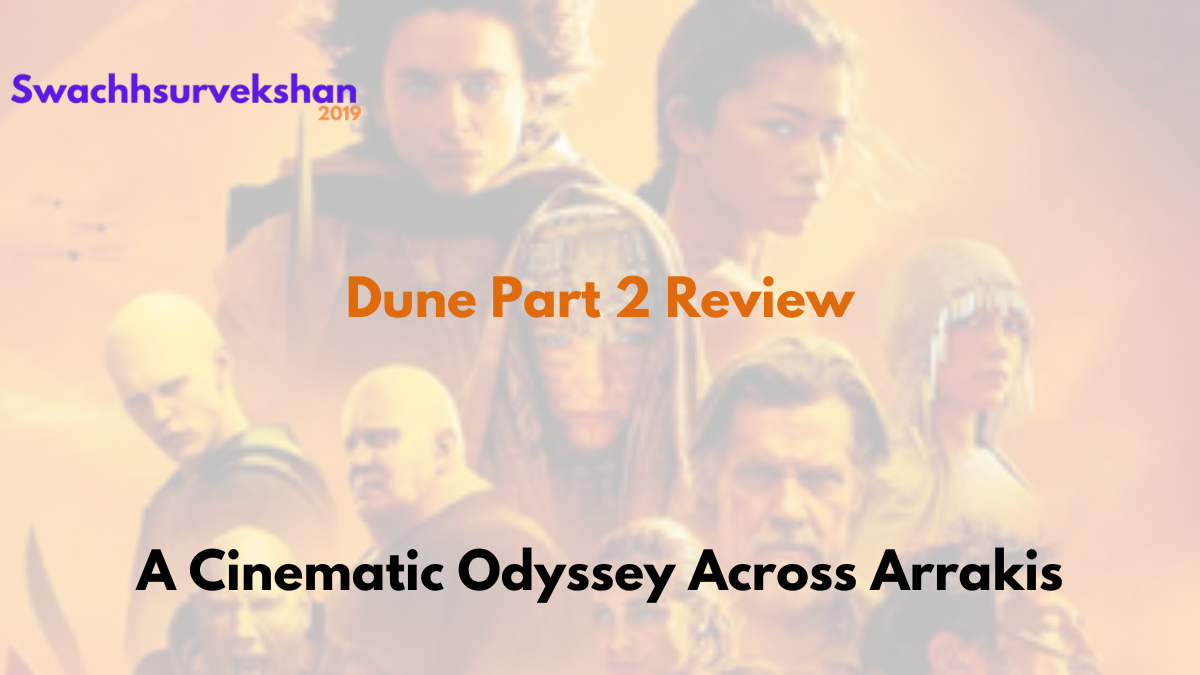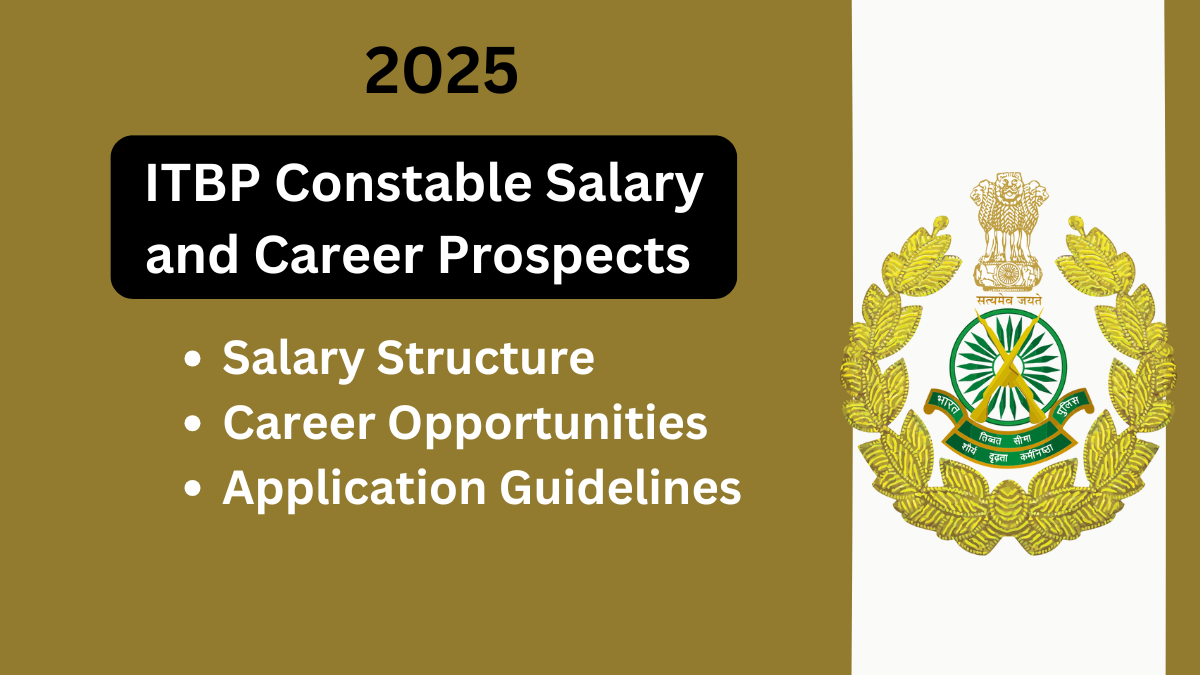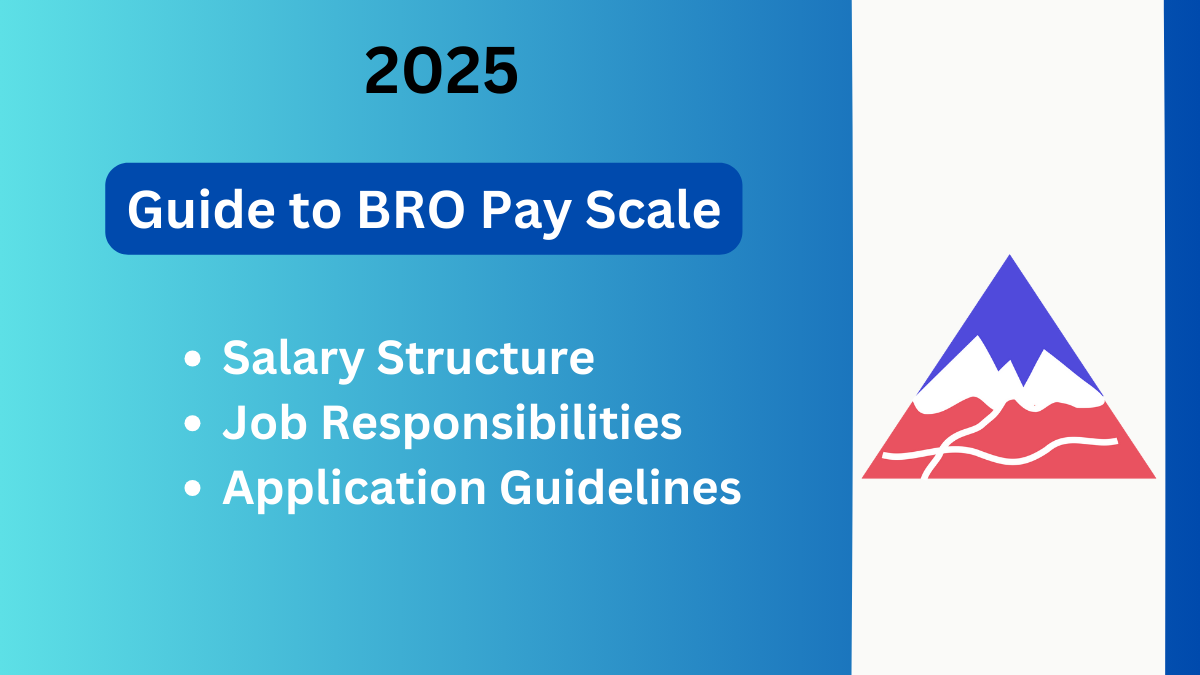Dune: Part 2 is Denis Villeneuve’s stunning continuation of Frank Herbert’s iconic sci-fi epic, delivering on the scale and ambition set up by Dune: Part 1 while diving deeper into the themes of destiny, power, and survival. In this Dune Part 2 review, we’ll explore how Villeneuve not only captures the spirit of the novel but brings a level of intensity and visual splendor that makes this installment a must-watch for fans and newcomers alike.

Plot Development: High Stakes and Deeper Mysticism
Following the fall of House Atreides, Dune: Part 2 picks up with Paul Atreides (Timothée Chalamet) and his mother, Lady Jessica (Rebecca Ferguson), seeking refuge among the Fremen, the indigenous people of Arrakis. Determined to avenge his family and reclaim his heritage, Paul must embrace his prophesied role as the Muad’Dib, even as he grapples with the harrowing cost of power and the weight of his visions of the future.
Villeneuve uses this second part to dig deeper into the complexities of Herbert’s world. Dune: Part 2 not only advances Paul’s journey but also explores the intricate politics and cultural clashes within Arrakis. This Dune Part 2 review emphasizes how the film brings out the duality of Paul’s mission: as both a fight for justice and a step towards an unavoidable destiny.
Visuals and Cinematography: A Mesmerizing Desert Landscape
Visually, Dune: Part 2 surpasses its predecessor. The cinematography by Greig Fraser is breathtaking, capturing Arrakis in all its harsh beauty and vastness. From sweeping shots of endless sand dunes to the adrenaline-fueled sequences with the giant sandworms, every frame is crafted with precision. The contrast between the barren deserts and the brutalist architecture of the Harkonnen’s lair creates a stark visual language that enhances the film’s themes of desolation and dominance.
This Dune Part 2 review would be incomplete without praising the exceptional visual effects. The sandworm sequences, for example, are awe-inspiring, blending practical effects with CGI to create a visceral experience. The Fremen’s deep connection to their environment is visually reflected through subtle changes in lighting and color palettes, adding layers to the film’s atmosphere.
Character Performances: Stellar Cast Elevates the Story
In Dune: Part 2, the cast brings complexity and depth to their characters, adding to the story’s emotional and philosophical weight.
Timothée Chalamet as Paul Atreides: Chalamet gives a commanding performance, capturing Paul’s internal struggle as he becomes increasingly aware of the implications of his power. In this Dune Part 2 review, it’s clear that Chalamet has grown into the role, portraying Paul’s evolution from a grieving noble to a conflicted leader with nuance and depth.
Zendaya as Chani: With a larger role this time, Zendaya brings strength and subtlety to Chani, a Fremen warrior and Paul’s love interest. Her portrayal captures both Chani’s resilience and her loyalty to the Fremen’s way of life. Zendaya’s chemistry with Chalamet adds an emotional layer to Paul’s journey, grounding his mission in human connection.
Austin Butler as Feyd-Rautha: As the ruthless nephew of Baron Harkonnen, Butler’s performance is chilling. Feyd-Rautha’s presence brings an intense new energy to the film, providing a formidable antagonist that raises the stakes for Paul’s quest. His portrayal is both charismatic and menacing, embodying the violent power struggles central to the plot.
 GIC Assistant Manager Selection Process 2024: A Detailed Guide
GIC Assistant Manager Selection Process 2024: A Detailed Guide
 John Stamos Net Worth in 2024: A Look at the Actor’s Career Earnings and Investments
John Stamos Net Worth in 2024: A Look at the Actor’s Career Earnings and Investments
 Orlando Bloom Net Worth in 2024: Earnings from Hollywood Blockbusters and Investments
Orlando Bloom Net Worth in 2024: Earnings from Hollywood Blockbusters and Investments
 Charlie Sheen Net Worth in 2024: How the Actor Rebuilt His Finances
Charlie Sheen Net Worth in 2024: How the Actor Rebuilt His Finances
 Bert Kreischer Net Worth in 2024: The Machine’s Comedy Earnings, Investments, and Lifestyle
Bert Kreischer Net Worth in 2024: The Machine’s Comedy Earnings, Investments, and Lifestyle





Themes: Power, Prophecy, and the Burden of Destiny
Villeneuve’s adaptation explores the dark side of heroism, questioning the morality of prophecy and destiny. In this Dune Part 2 review, it’s worth noting how Villeneuve uses Paul’s visions to illustrate the weight of his choices, emphasizing the personal cost of power. Paul’s journey is a cautionary tale about the dangers of blind faith and the allure of messianic figures. Through Paul, Dune: Part 2 sheds light on how even noble intentions can lead to catastrophic outcomes.
Lady Jessica’s role as a Bene Gesserit who struggles between her loyalty to the order and her love for her son further adds to the film’s exploration of family, loyalty, and sacrifice. The political intrigue surrounding the Emperor’s plans and the ruthless House Harkonnen adds tension, showcasing the dangers of imperialism and ecological exploitation—timely themes that resonate today.
Direction and Pacing: Villeneuve’s Bold, Epic Vision
Villeneuve’s direction in Dune: Part 2 is meticulous and bold. He takes his time to unfold the narrative, allowing scenes to breathe, which gives weight to both quiet moments and grand battles. Although the pacing can feel deliberate, this approach lends the film a mythic quality. Villeneuve respects the source material, and his love for Herbert’s world is evident in every frame. This Dune Part 2 review highlights how Villeneuve’s pacing, while slower than typical blockbuster fare, is a strength, allowing the story’s complexity and atmosphere to fully develop.
Conclusion
In conclusion, Dune: Part 2 is a worthy continuation of Villeneuve’s vision, expanding the universe of Dune with incredible visuals, powerful performances, and thought-provoking themes. This Dune Part 2 review affirms that Villeneuve has created a cinematic masterpiece that honors the depth of Herbert’s work while offering a fresh, modern perspective. While the pacing may not suit every viewer, those who appreciate immersive storytelling will find much to love in this beautifully crafted sequel.
For fans of epic science fiction and those who enjoyed the first film, Dune: Part 2 is essential viewing. It is both a cinematic achievement and a testament to Villeneuve’s dedication to bringing this beloved story to life.
Click Here To Read More






